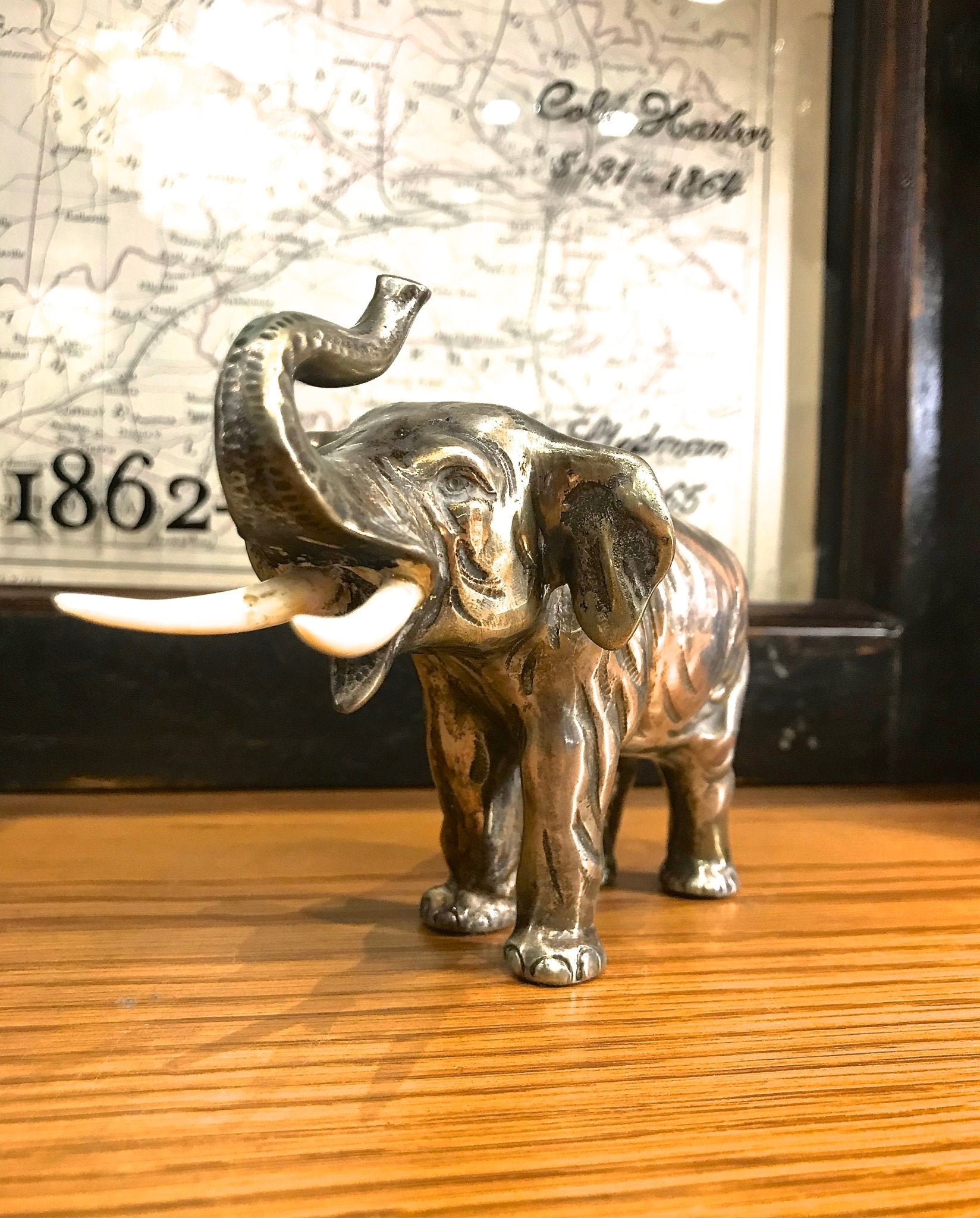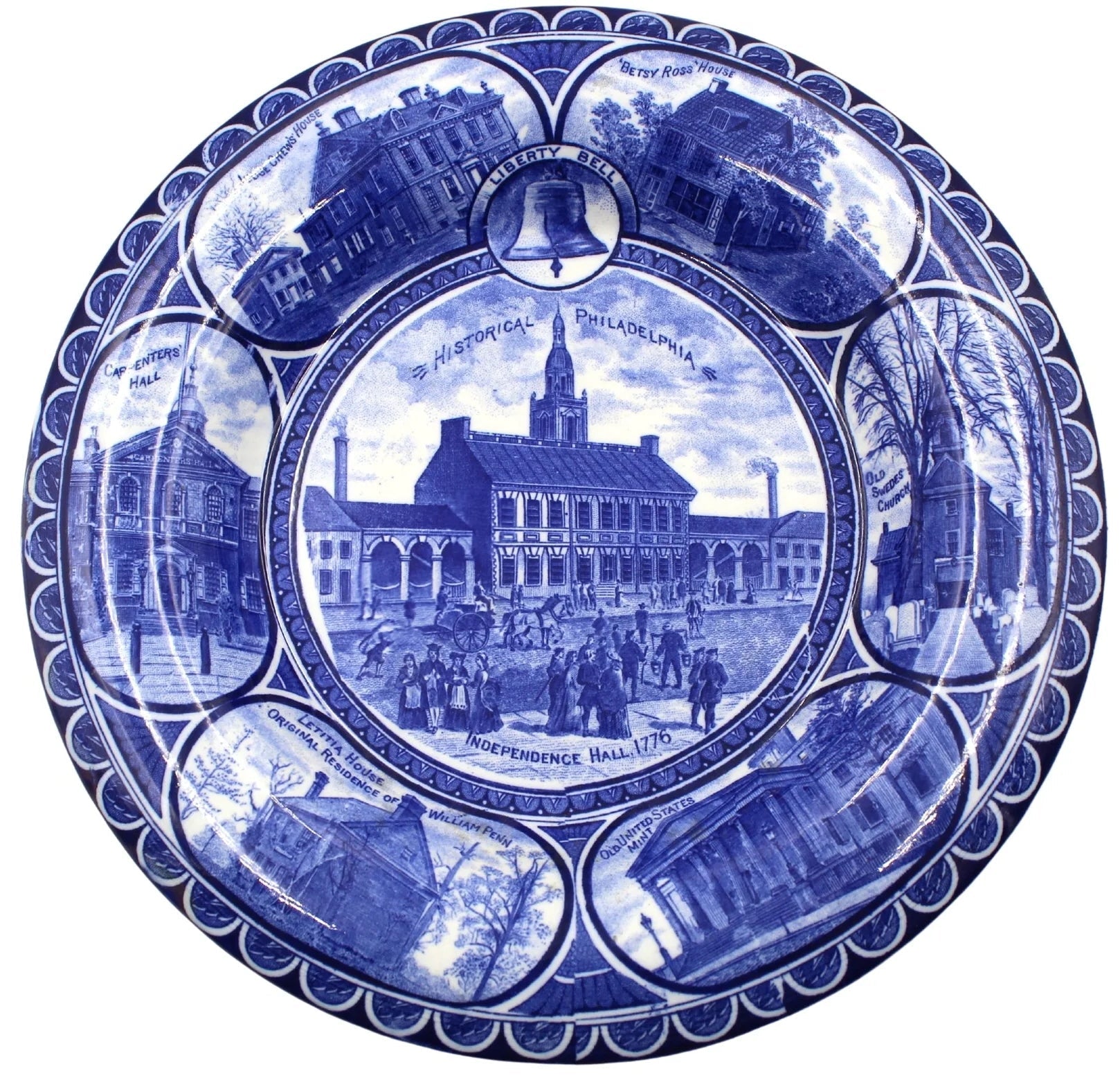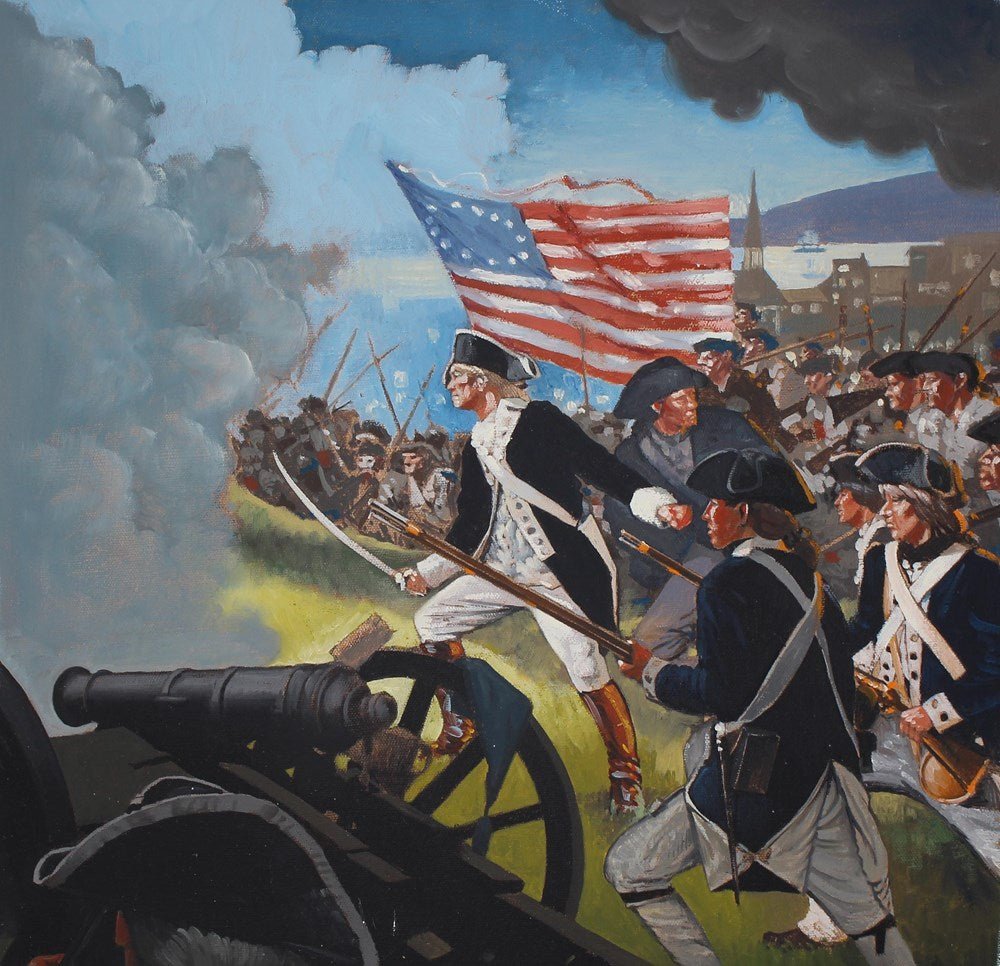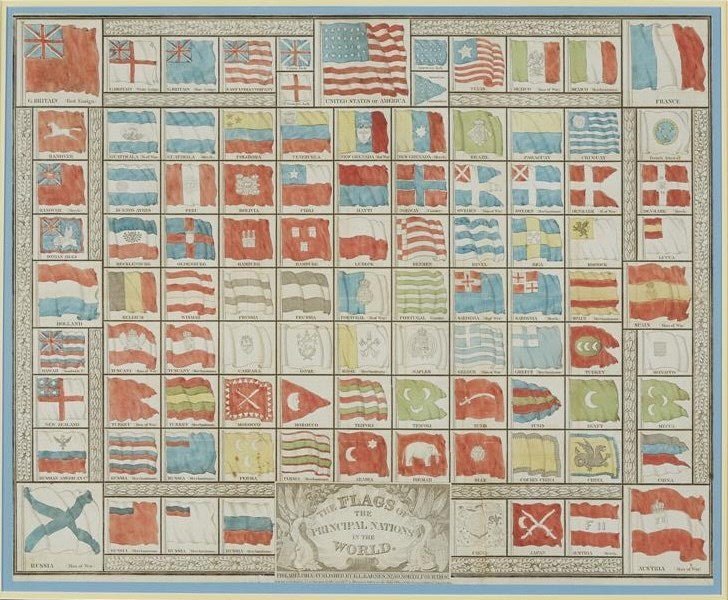Happy Halloween!
Halloween Horror: Written Works by Edgar Allan Poe and Mary Shelley
“Be silent in that solitude,
Which is not loneliness—for then
The spirits of the dead, who stood
In life before thee, are again
In death around thee, and their will
Shall overshadow thee; be still.”
-Edgar Allan Poe, Spirits of the Dead
Today is the day of trick-or-treating and spooky stories-- Happy Halloween! On this Halloween, take a journey through spooky and surreal stories from the masterminds of Halloween themselves; Edgar Allan Poe and Mary Shelley. Both of these famous authors have left their mark on the horror and science fiction genre of literature with works such as The Tell-Tale Heart, The Raven, and Frankenstein. Continue reading to learn more about these famous authors of mystery and macabre.
Edgar Allan Poe
Edgar Allan Poe was born in 1809 in Boston, Massachusetts. In 1810, his father abandoned the family, and his mother died the following year, leaving Poe as an orphan. Poe was taken in by John and Frances Allan from Richmond, Virginia, from whom he adopted the name ‘Allan.’ For the majority of his life, Poe struggled with money troubles due to extensive gambling debts. Even in the beginning of his publishing career in 1827 with Tamerlane and Other Poems, Poe was still struggling to make ends meet.
Poe’s authorship took off after 1827. His poem The Raven, published in 1845, was an instant success. Over the course of his career, he became known as a master of science fiction literature-- many critics even considered him to be the inventor of the detective fiction genre.
The Works of Edgar Allan Poe, Putnam Edition, 6 vol., 1902
Poe’s work fits well with the holiday of Halloween-- yet, during his lifetime, he would not have related himself to the holiday in this way. Poe’s work was complex, with themes of mystery and macabre that emphasized the details and symbols of death. Poe was famous for his short stories and poems, as he packed powerful imagery into each stanza.
This six-volume set above highlights the works of Edgar Allan Poe. Not only does it compile some of the best poems and short stories in Poe’s life work, but it is an excellent example of mystery literature.
For a spooky story this Halloween, read one of Poe’s eerie poems such as Ulalume.
"Our talk had been serious and sober,
But our thoughts they were palsied and sere—
Our memories were treacherous and sere—
For we knew not the month was October,
And we marked not the night of the year—
(Ah, night of all nights in the year!)
We noted not the dim lake of Auber—
(Though once we had journeyed down here)—
We remembered not the dank tarn of Auber,
Nor the ghoul-haunted woodland of Weir"
-Edgar Allan Poe, Ulalume
Mary Shelley
Born in 1797, Mary Shelley was an English author, dramatist, and travel writer best known for her novel Frankenstein, or; The Modern Prometheus. In 1814, as only a young adolescent, Shelley ran off with English Romantic poet Percy Bysshe Shelley. She began her authorship under the guidance of Percy Shelley; a radical poet-philosopher and her soon-to-be husband.
The couple famously spent a summer at friend Lord Byron’s home in Geneva, Switzerland. In a bout of boredom, the house guests came up with the idea to each write a horror or mystery story as a competitive game. This is where the idea for Shelley’s Frankenstein was created, supposedly based off of a dream Shelley had one night.
Frankenstein, or; The Modern Prometheus, tells the story of Victor Frankenstein, a young scientist who creates a horrific ‘creature’ that terrorizes humankind and Victor for the entirety of his life. Shelley started writing the novel when she was only 18.
"How I, then a young girl, came to think of, and to dilate upon, so very hideous an idea?" -Mary Shelley
Frankenstein fits well into the themes of Halloween for its science fiction genre and tale of death and horror. Yet, Frankenstein is far more complex than a simple ghost story-- it combines elements of a Gothic novel with classical Romanticism. It also reflects upon the philosophy of the creation of life, where Victor is symbolic of the Creator of the world. The ‘creature,’ never given a name by Shelley, says to Victor; "I ought to be thy Adam, but I am rather the fallen angel."
Such a classic tale, dating back to the early 19th century, Frankenstein is a Halloween must-read. Below is an extremely rare edition of the novel in its true first American edition. The copy was printed with a significant misspelling-- the author’s name is spelled ‘Shelly’ rather than the correct ‘Shelley.’
Frankenstein, Mary Shelley, First American Edition, 2 vol., 1833
“I saw the pale student of unhallowed arts kneeling beside the thing he had put together. I saw the hideous phantasm of a man stretched out, and then, on the working of some powerful engine, show signs of life, and stir with an uneasy, half vital motion. Frightful must it be; for supremely frightful would be the effect of any human endeavor to mock the stupendous mechanism of the Creator of the world.”
-Mary Shelley
The Halloween Spirit
Don’t we all enjoy a good Halloween tale? These famous authors embraced the mystery and science fiction genre far before trick-or-treating or haunted houses were made into a tradition. Read some classical spooky stories this Halloween!










